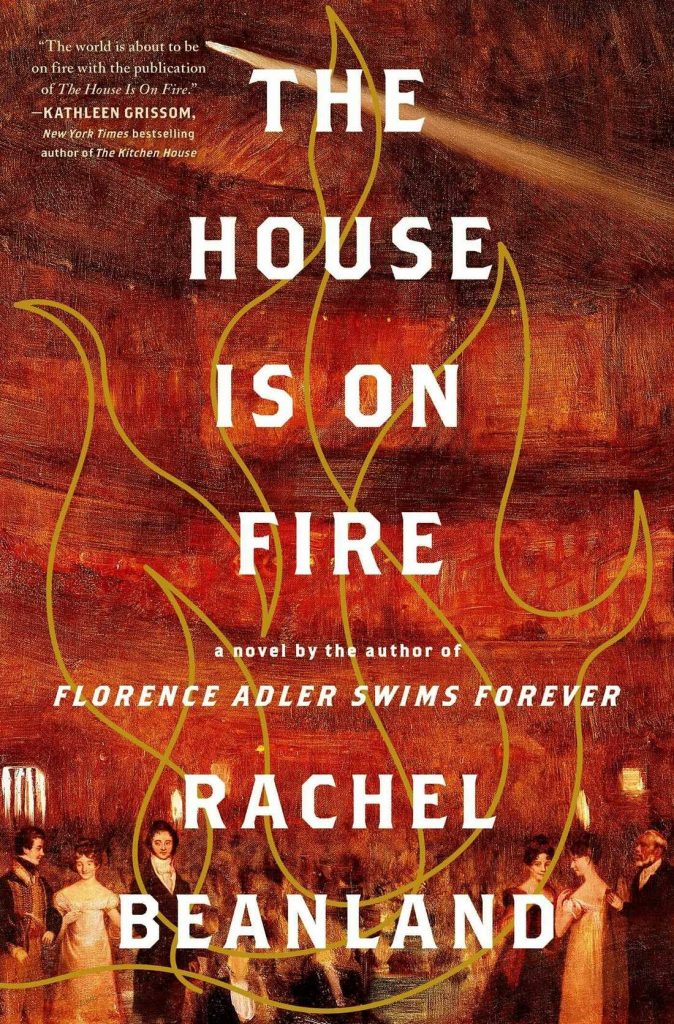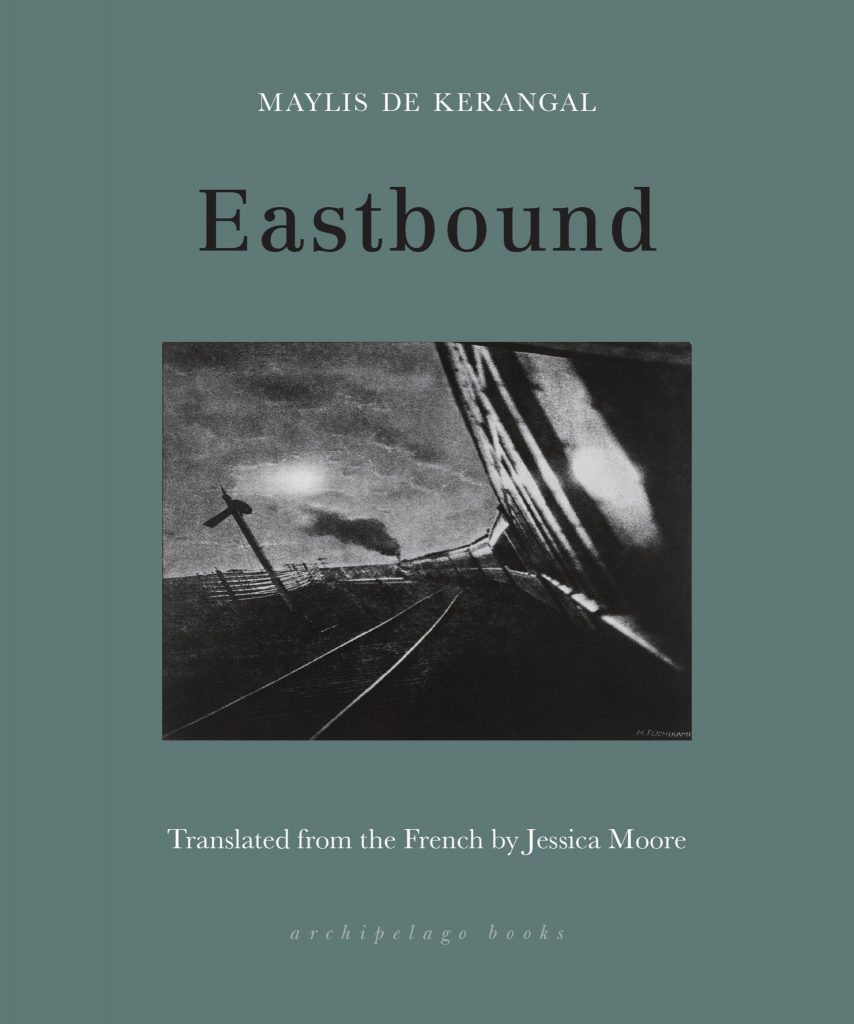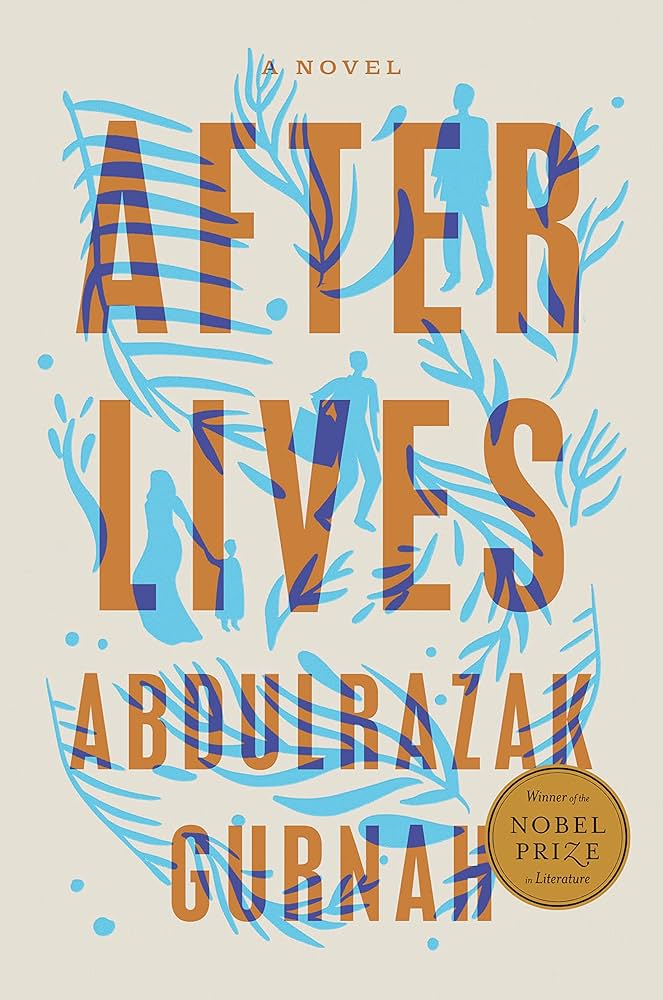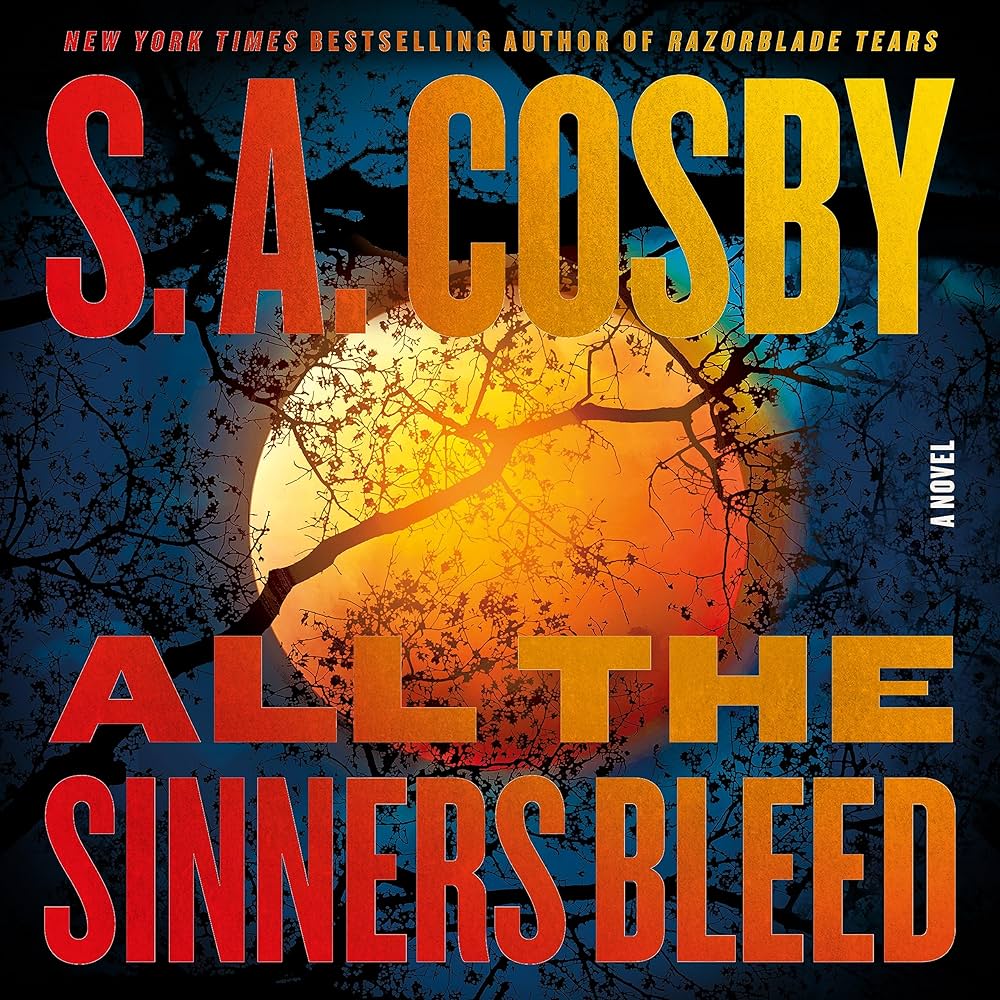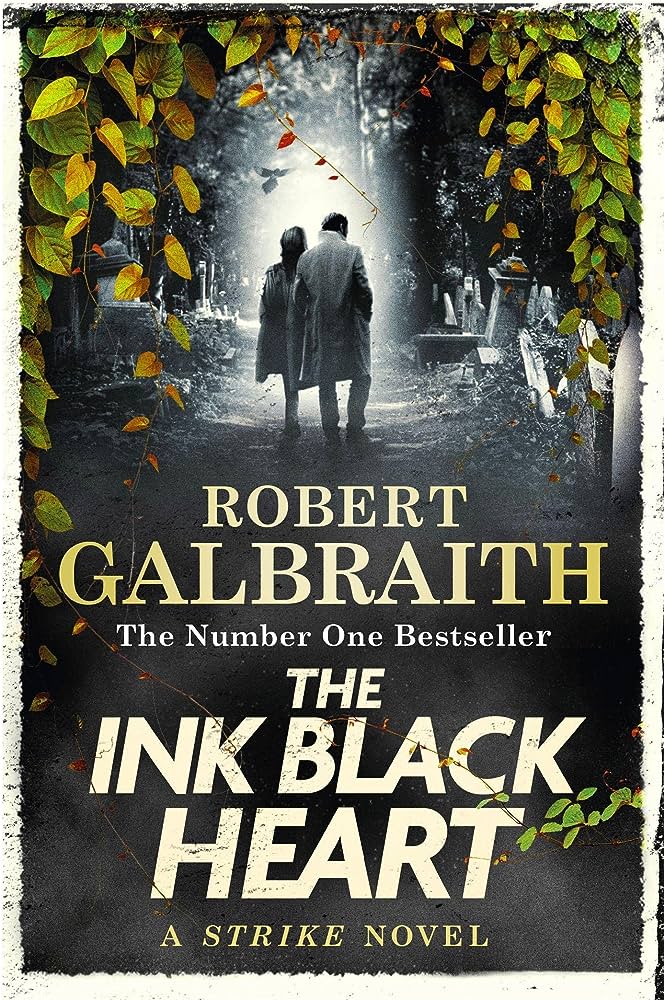
Sargent Akal Singh has been banished to desk duty in Fiji. The year is 1915 and Britain rules its colonies with guile, brutality, and economic mastery. Singh, the educated son of an Indian villager figures his one way out and upward is to become a policeman. Sikhs are respected by the British, and expected to fulfill that role. He is sent to Hong Kong, but after a professional misstep lands in Fiji.
Befriended by a native Fijian on the police force and a compassionate English doctor, but overseen by a condescending British officer, Singh is sent to wrap up a case of a missing Indian “coolie” woman. Wealthy British plantation owners imported hundreds of indentured Indians to work sugarcane fields without pay. Living conditions for Indian laborers, we learn in great detail, are miserable, and British overseers mete out punishments and abuse without fear of accountability or retribution. A missing Indian woman should be meaningless, but Akal Singh, and his friends, are so conscientious and likable that we root for their success while learning about colonialism in very personal ways.
